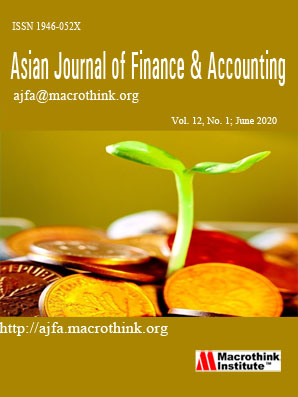Is Good Governance a Driver of Family Firm Performance?
Abstract
In an economic context characterized by instability, corporate governance is a real challenge to the current managerial era. Indeed, many financial scandals have recently erupted, encouraging the establishment of high quality governance practices in order to obtain stakeholders’ confidence through effective communication and transparency. However, family firms present specific organizational structures with intrinsic characteristics and a particular mode of operation. Due to these characteristics, family firms exhibit specific governance practices which can affect performance. This paper investigates the relationship between governance structures and family firms’ performance so as to determine if governance is a driver of value creation or a mechanism enabling family businesses to retain stakeholders’ confidence. Using a governance score, our results show that family governance practices are negatively linked with firm’s performance while classic governance practices do not play a significant role. It suggests that the implementation of formal family governance mechanisms creates a superfluous cost that hampers performance. Our findings also demonstrate that family firms with the lowest levels of performance display the higher governance scores, thus suggesting that family firms try to improve the image perceived by stakeholders. These results seem to confirm the convergence between economic and socioemotional objectives when the continuity of the organization is in danger.
Submission of an article implies that the work described has not been published previously (except in the form of an abstract or as part of a published lecture or academic thesis), that it is not under consideration for publication elsewhere, that its publication is approved by all authors and tacitly or explicitly by the responsible authorities where the work was carried out, and that, if accepted, will not be published elsewhere in the same form, in English or in any other language, without the written consent of the Publisher. The Editors reserve the right to edit or otherwise alter all contributions, but authors will receive proofs for approval before publication.
Copyrights for articles published in MTI journals are retained by the authors, with first publication rights granted to the journal. The journal/publisher is not responsible for subsequent uses of the work. It is the author's responsibility to bring an infringement action if so desired by the author.








